Zagreb Outdoor: Sculptures, Strolls & Hidden Artworks
As the year winds down and most events are happening indoors, we invite you to step outside and explore Zagreb’s public art. From bold sculptures and vibrant mosaics to quiet forest memorials, the city reveals itself in unexpected ways — along leafy paths, by the river, and through elegant streets and hidden corners, turning every walk into a small adventure.
Foliated Form by Vojin Bakić
Foliated Form (Razlistana forma; 1957), an alluring black swirl that currently tops a plinth outside the Hotel Dubrovnik in central Zagreb. Resembling a cross between a submarine propeller and the interlocking tails of imaginary sea beasts, it seems to combine the grace of natural movement with an uncompromising interest in abstract form. It’s one of the most beautiful examples of public art anywhere in Croatia – and one that casual strollers may well miss unless they are paying attention.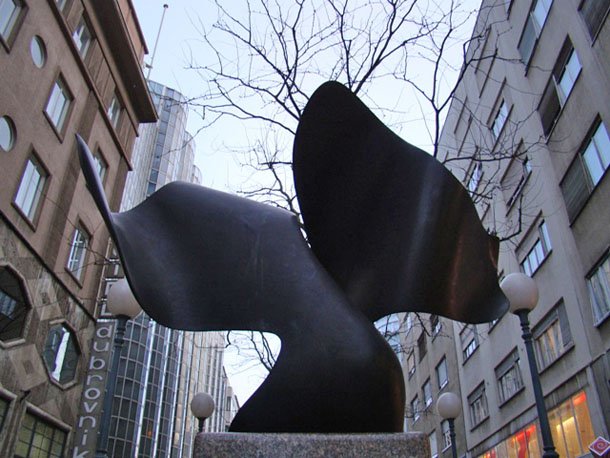
Alley of Sculptures - Open-Air gallery on the banks of the Sava
After a four-year hiatus, sculptor Alan Novoselac and the Croatian Association of Artists (HDLU), began setting up sculptures by Croatian artists and sculptors at the Alley of Sculptures. It was opened with the launching of the 12th sculpture in the series, by artist Zlatko Bourek, called Međaš (Border) Against Spells and Floods. Starting with the thought that: “The Drava, Danube and Sava rivers often rise to your doorstep, that’s why we carry our houses on our heads and bring them to safe places.” Bourek makes his sculpture a talisman against floods and pays tribute to all that have contributed to preventing the rivers from breaking their banks.
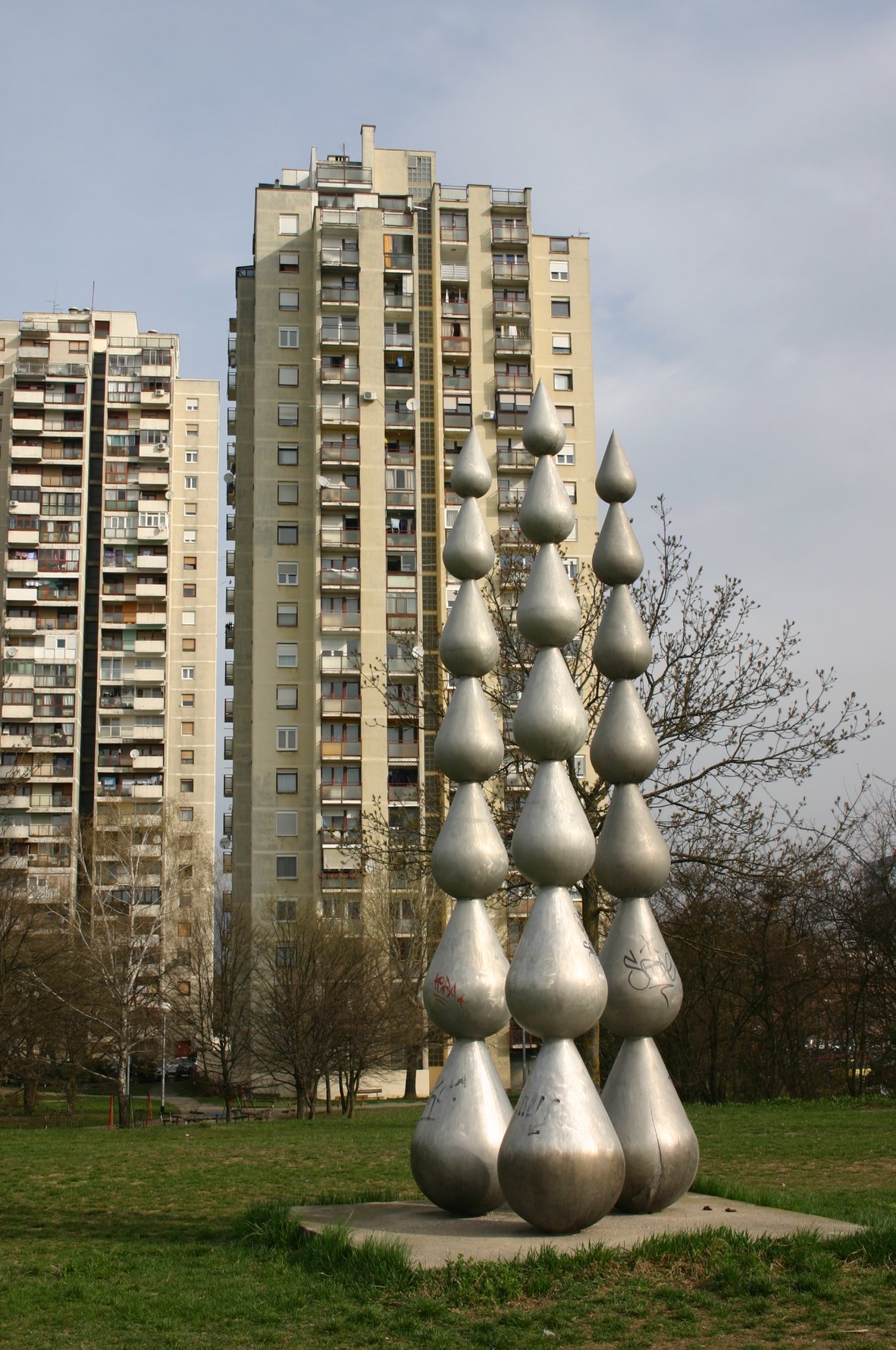
Master Meštrović Around Town
The Well of Life (Zdenac života), Trg maršala TitaPeasants (Seljaci), Trg bana Josipa Jelačića 4
Widow (Udovica), Ilica 85, Park skulptura ALU
The Monument to Josip Juraj Strossmayer (Spomenik Josipu Jurju Strossmayeru), Strossmayerov trg
Woman (with Crossed Arms) (Žena (s prekriženim rukama)), Račkoga 6
Mother Breastfeeding (Majka doji dijete), Rockefellerova 4
The Monument to Andrija Medulić (Spomenik Andriji Meduliću), Trg kralja Tomislava 22
History of Croatians (Povijest Hrvata), Trg maršala Tita 14
The Monument to Nikola Tesla (Spomenik Nikoli Tesli), Teslina/Masarykova/Preradovićeva
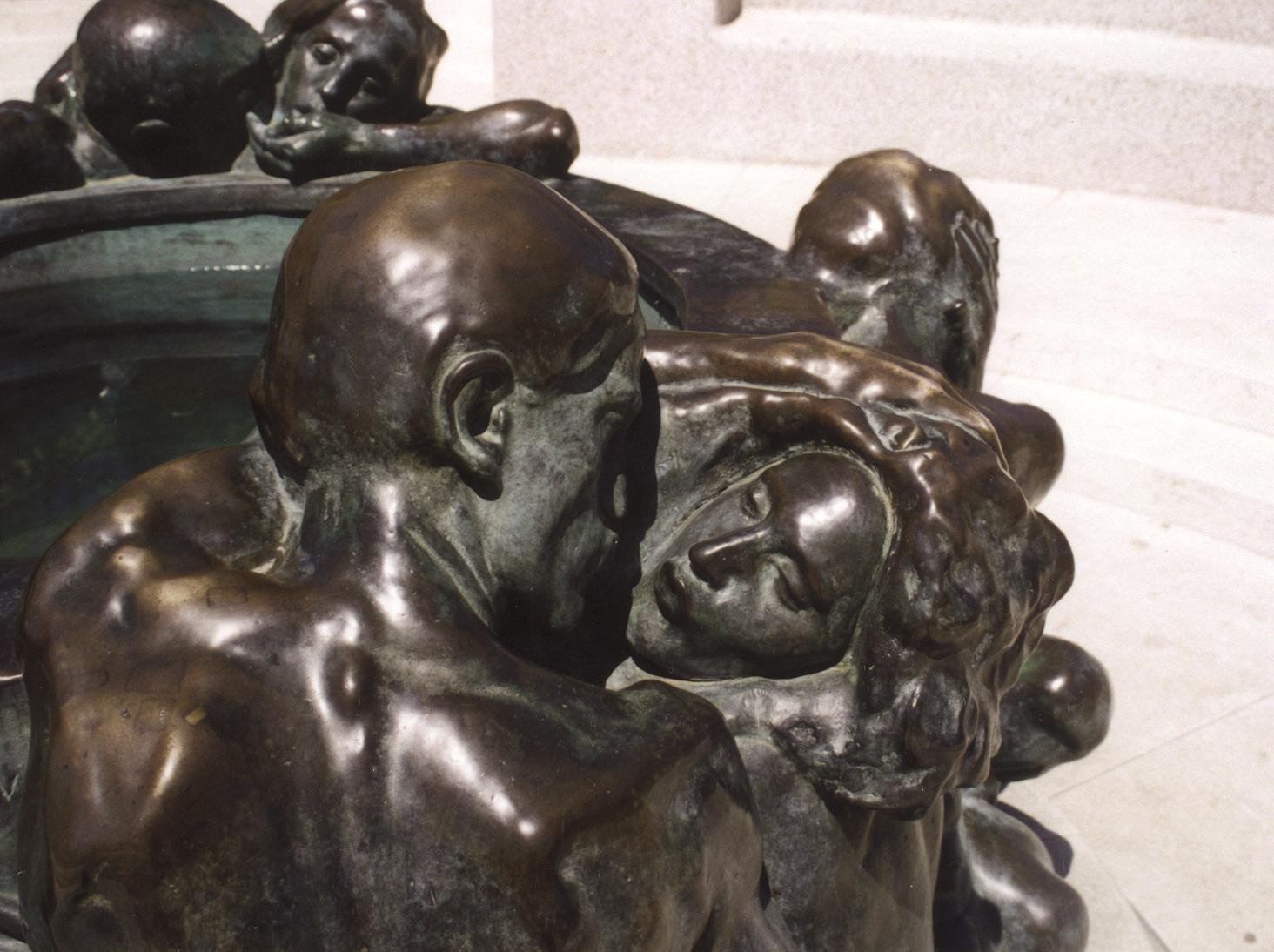
Zagreb's Solar System
Ever wondered what the great big metal ball on Bogovićeva street is? It’s, of course The Grounded Sun - a sculpture made by Ivan Kožarić in 1971. In 2004, Davor Preis created a scale model of the solar system around this mighty sun at the following locations throughout the city: Mercury (Margaretska 3), Venus (Trg bana Josipa Jelačića 3), Earth (Varšavska 9), Mars (Tkalčićeva 21), Jupiter (Voćarska 71), Saturn (Račićeva 1), Uranus (Siget 9), Neptune (Kozari put), Pluto (Aleja Bologne - underpass). Preis never revealed the locations of the planets, so finding them turned into a game lasting until the last planet was “discovered” in 2006.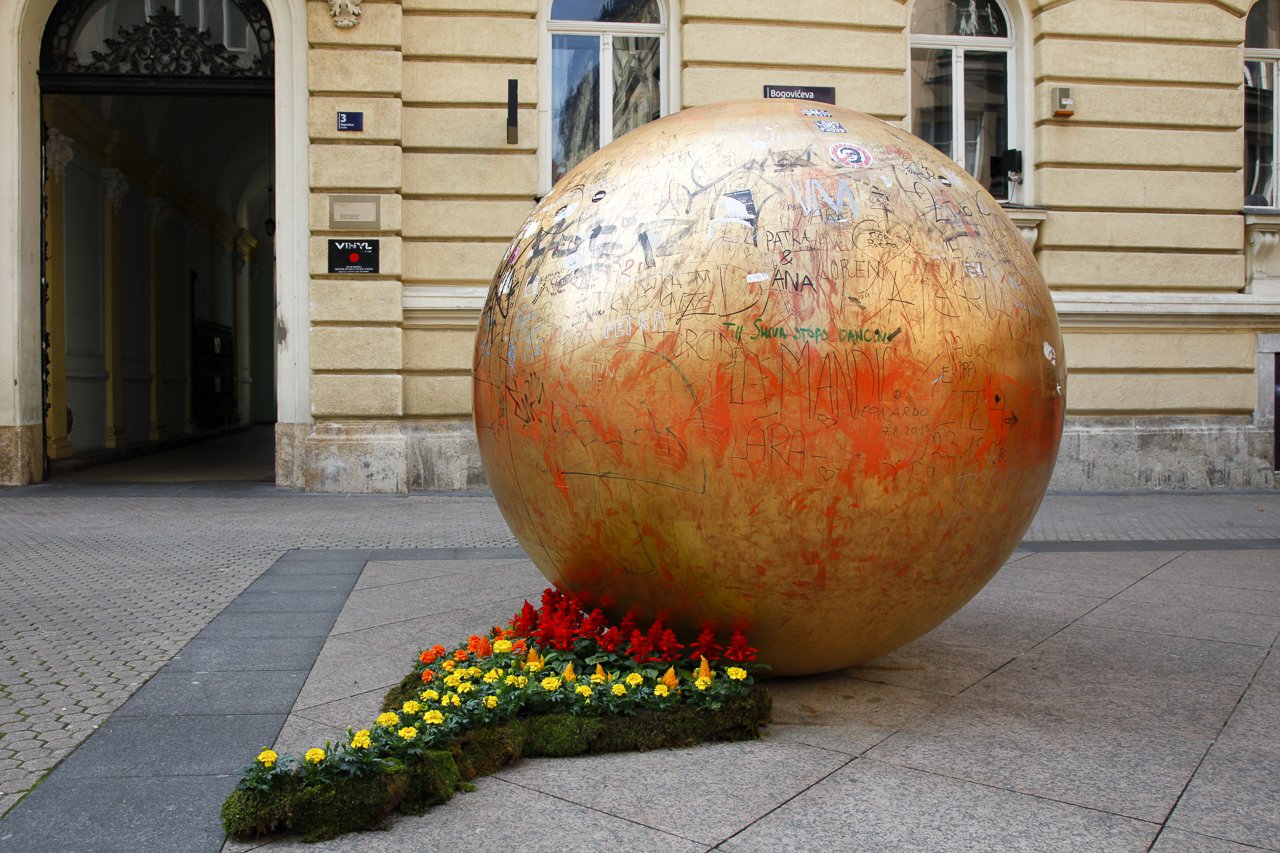
The Walk: From Cmrok to Britanac
Take a short bus ride from Britanac Square up to Cmrok, one of Zagreb’s favorite green retreats, and then wander back down toward the city. Along the way, let yourself be charmed by the gracious façades and hidden gardens of Tuškanac and Nazorova Street, where elegant old villas peek through the trees like scenes from another time. It’s a walk through quiet beauty — a glimpse of Zagreb’s refined past — that gently leads you back to the bustle and market scents of Britanac.
Vitić’s Skyscraper
Martićeva street is home to the city’s most famous – and indeed most photogenic - example of modernist architecture, the so-called Vitić Skyscraper or Vitićev Neboder. (It’s actually a few metres off Martićeva on the parallel street of Laginjina, although it’s still part of the Martićeva strip). Erected in 1960 to the designs of leading architect Ivan Vitić, it is not exactly a skyscraper in global terms, but is still tall enough to dominate the neighbourhood. What makes it so special is its colour scheme, with squares of primary red and blue chequer-boarding its façade in the manner of a Mondrian painting (indeed Mondrian is aid to be Vitić’s inspiration). Conscientiously restored to its original appearance in 2020, it is an enduring monument to post-war optimism, and a magnificent slap in the face to anyone who thinks that the architecture of the period is all about grey brutalism. And if there is one building in Zagreb that you should take a picture of, this is it.
Forest Park Dotrščina
In the northeast of the city, Dotrščina Forest Park blends art, history, and nature. A poignant open-air memorial to the victims of World War II, its minimalist concrete sculptures and serene trails invite both reflection and peace. It’s one of Zagreb’s most moving outdoor spaces — a forest that remembers.
The "Nessi" Sculpture
At the small park where Maksimirska meets Hondlova Street, across from the Zagreb Zoo, stands a curious sculpture locals call the “Zagreb Nessie.” Officially titled Dodir (The Touch), this marble work by sculptor Ivan Briski was installed in 1989 and thoughtfully integrated into the park’s landscape. Though it has been repeatedly painted over by unknown hands, the sculpture still captures the curiosity of children, photographers, and passersby drawn to its unusual, sinuous form.
The Mended Streets: Ememem’s Flacking in Zagreb
In the small green park behind Hotel Jägerhorn, leading up to Gornji Grad (Upper Town), look down as you walk — or rather, let your eyes follow the steps. Here, Ememem, the anonymous French street artist, has turned ordinary staircase cracks into playful mosaics. Each vibrant tile transforms a simple climb into a joyful celebration of color and surprise, inviting you to pause, smile, and notice the hidden wonders tucked into Zagreb’s streets.
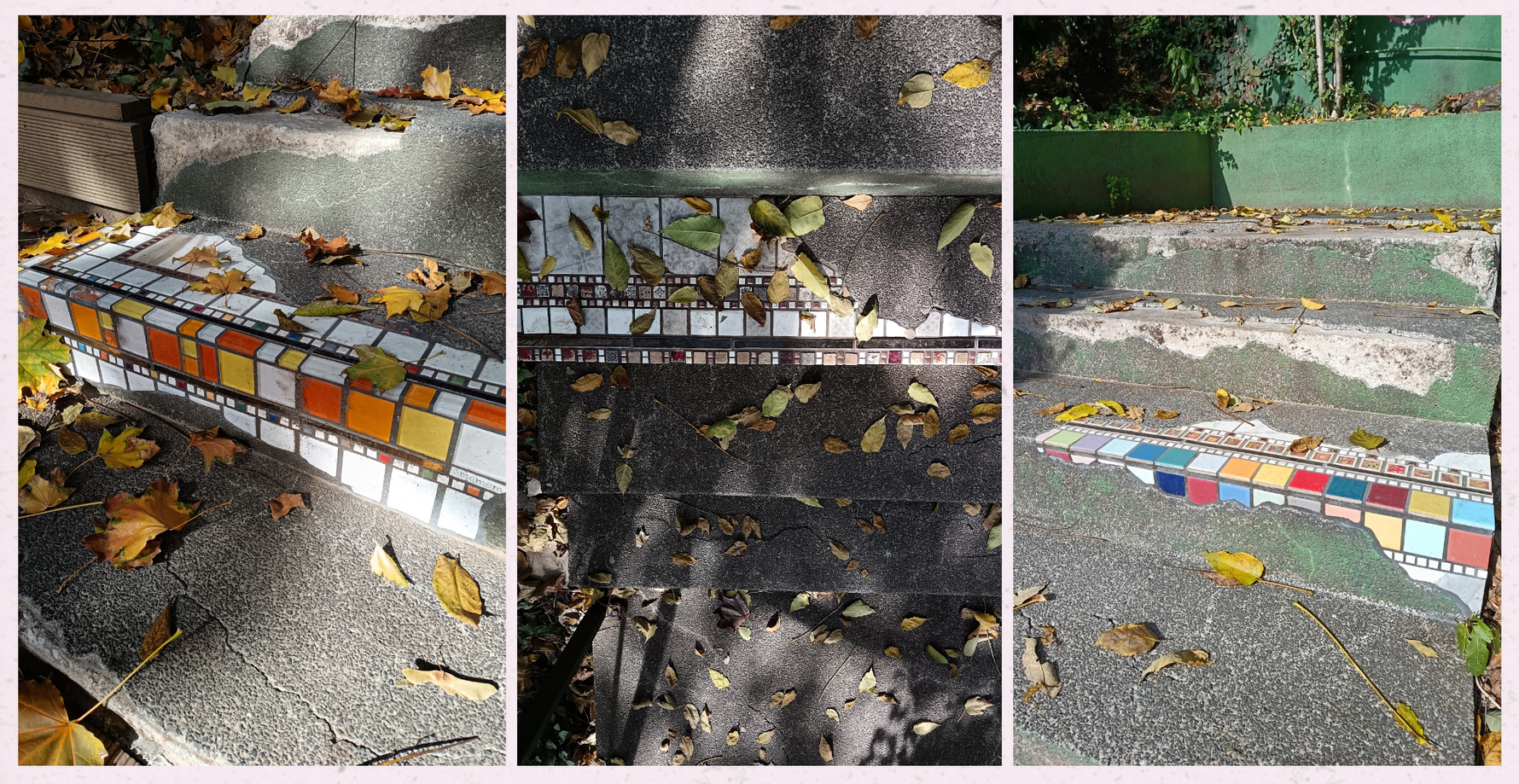
Branimirova Bike & Street Art Route
Zagreb’s newly redeveloped Branimirova Street has transformed into a dynamic corridor for cyclists and art lovers alike. Along the smooth new bike path, you’ll find fresh murals by local artists and bursts of color that link the city’s main train station to its eastern neighborhoods — a vibrant fusion of movement, creativity, and urban energy.





Comments